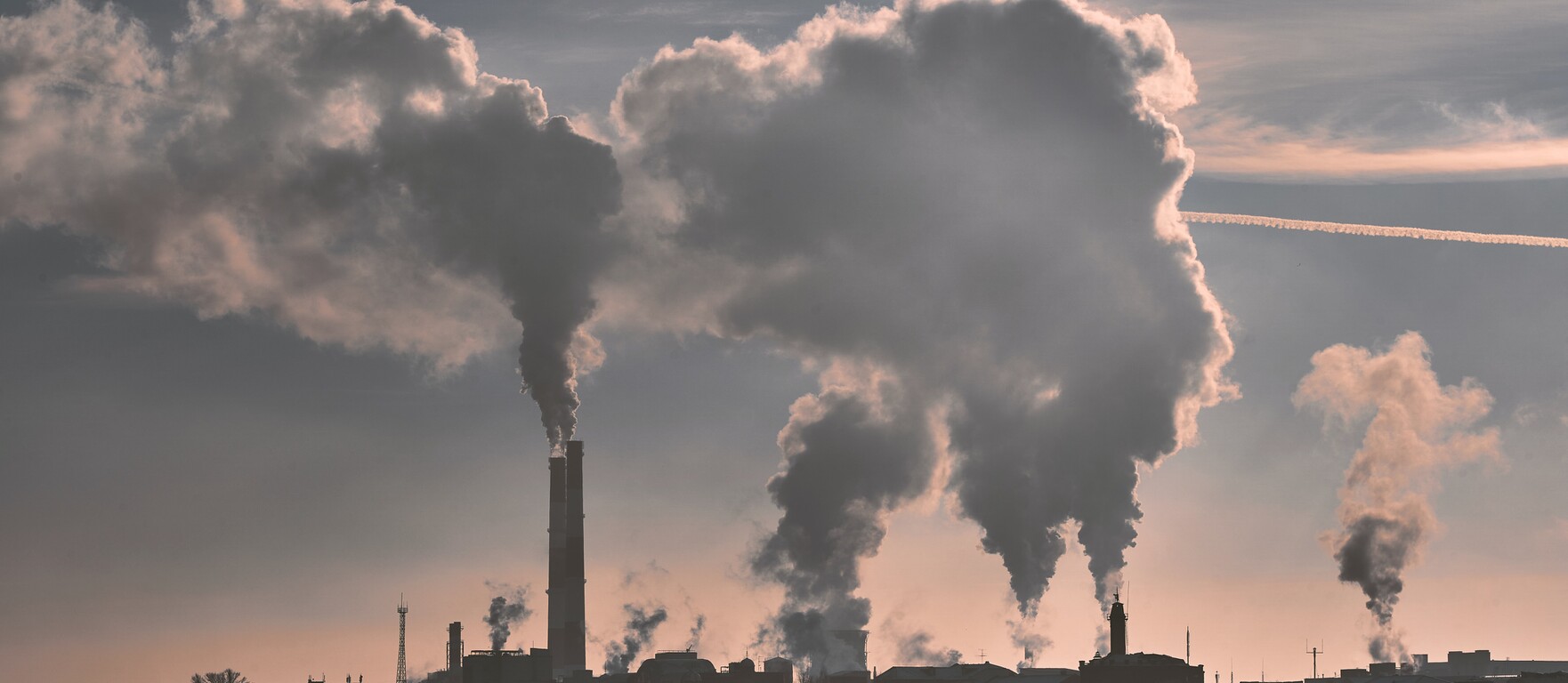
Where are the air pollution ‘black zones’ in the EU?
16. 05. 2023 – Lomond
The European Environment Agency (EEA) recently published air quality assessments for 375 cities across the European Union based on measurements taken in over 4,500 monitoring stations. The assessments focus on pollutants deemed to be most harmful to human health or that most frequently exceed the EU's air quality standards and World Health Organization (WHO) guideline levels.
Overall, the EEA’s outlook was pretty bleak, concluding that, in 2021, 97% of the EU’s urban population was exposed to harmful concentrations of nitrogen dioxide, ozone and fine particulate matter (PM2.5) – which is a major concern given that exposure to PM2.5 is a leading cause of premature death and disease (particularly stroke, cancer and respiratory disease).
However, when you dig into the city-level numbers, it becomes clear how big the regional differences are across the EU.
In 2021, the WHO updated its health-based guidelines for air quality, and, for long-term exposure, recommended a maximum level of 5 micrograms per cubic metre (μg/m3) of fine particulate matter. The EEA’s assessment is based on average levels of PM2.5 over the past two calendar years, and categorises cities as “poor” where levels of PM2.5 were between 15 and 25 μg/m3; “very poor” is reserved for cities where the average measurements were above the EU’s “annual limit value” of 25 μg/m3.
Of the 375 cities assessed by the EEA, four were categorised as “very poor” – Slavonski Brod in Croatia, Nowy Sącz and Piotrków Trybunalski in Poland, and Cremona in Italy. A further 77 were evaluated as “poor”. When you look closely at these 81 cities, there are five ‘clusters’ where there are at least three “poor” or “very poor” cities in the same regions of the same country:

Moving from west to east, they are:
1. The Po Valley in northern Italy: As well as Cremona in Lombardy, which is the fourth most polluted city in the EU according to the EEA’s analysis, there are 22 other Italian cities ranked as “poor” across four northern Italian regions: Lombardy, Veneto, Emilia-Romagna and Piedmont. It is certainly a very distinct air pollution ‘black zone’ because there are only two cities ranked “poor” in the whole of the rest of Italy.
2. Czech Silesia and Eastern Moravia: Five Czech cities have “poor” air quality – Havířov, Ostrava, Olomouc, Zlín and Hradec Králové. The 10 other Czech cities where measurements were taken were all assessed as “moderate”. Havířov, Ostrava, Olomouc, Zlín – the four most polluted Czech cites – are all in the far eastern corner of the country, in the regions of Central Moravia and Moravia-Silesia.
3. Southern Poland: 34 of the EU’s 81 cities with “poor” or “very poor” air quality are in Poland, and so air pollution is really a nationwide problem there. However, the worst air quality measurements, and the regions in which every evaluated city was ranked “poor”, are in the southern part of the country.
4. Northern Romania: Nine of the 19 Romanian cities assessed, including Bucharest, had “poor” air quality. However, the six highest scores for fine particulate matter were in the three regions at the top of the country: three cities in the North East, two in the North West, and one in the Central region.
5. Central / South-eastern Bulgaria: Only six Bulgarian cities were evaluated overall, four of which categorised as “poor” for air quality; the other two, Sofia and Varna, fell just outside that band. Like Poland, air pollution is therefore a nationwide problem in Bulgaria, but the four “poor” cities are in the central / south-eastern regions of the country.
This focus on ‘zones’ is perhaps a bit generous to some of the smallest member states. In Croatia, for example, only three cities were assessed, and they include Slavonski Brod, which, as mentioned, was ranked the most polluted city in the EU, and Zagreb, where air quality was rated as “poor”. However, those two cities are 200 kilometres apart, so that isn't sufficient to qualify as a ‘zone’. Slovakia is the only other country with multiple cities ranked as “poor” for air quality (there are two: Žilina and Košice), but they are also not in the same part of the country.
What explains why air quality is so poor in these five zones?
In the case of northern Italy, the EEA explains this by summarising the Po Valley as “a densely populated and industrialised area with specific meteorological and geographical conditions that favour the accumulation of air pollutants in the atmosphere”.
In the four Central & Eastern European countries, the EEA concludes that it is “due primarily to the burning of solid fuels like coal for domestic heating and their use in industry”. And that adds up when you compare member states based on the percentage share of solid fossil fuels (primarily coal) in energy consumption:

So Poland is way out in front, followed by the Czech Republic and Bulgaria – with Romania in fifth place, behind Slovakia.
The good news, though, is that progress is being made in all of these countries. The percentages in the chart above, for example, are a lot lower than they were 10 years ago (they are down 40% in Poland, 30% in the Czech Republic and almost 15% in Bulgaria and Romania). So if we return to this issue in a few years’ time, things should hopefully look a lot more positive.